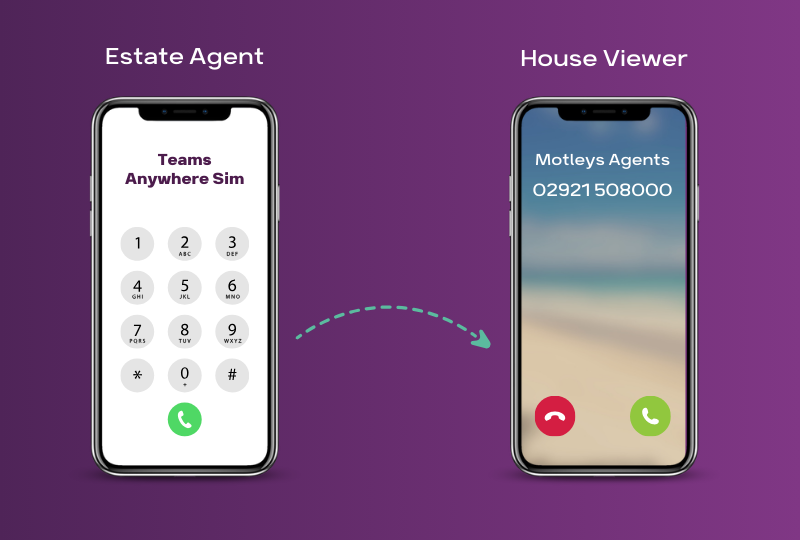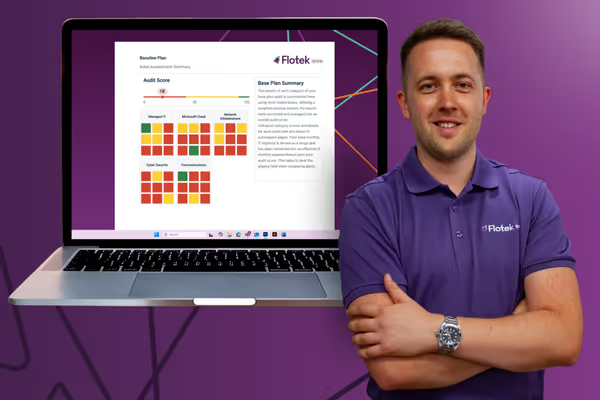
Business IT Support Service Level Agreements
A Guide To Understanding Business IT Support Service Level Agreements
In the UK's dynamic business environment, effective IT support is a cornerstone of operational success. Service Level Agreements (SLAs) play a pivotal role in defining the relationship between businesses and IT service providers. Here, we will offer insights into SLAs and their necessity, types, objectives, and best practices.
The Critical Role of Service Level Agreements
SLAs define the scope, quality, and expectations for IT services. They are essential for ensuring providers meet business needs.
Why Do You Need a Service Level Agreement?
SLAs are not just formalities; they are essential tools that delineate the scope, quality, and expectations of IT services. They protect businesses by ensuring that IT providers deliver services consistently and responsively, aligned with the business's needs and goals. Without an SLA, there are no guarantees on uptime, response times, or support quality from IT providers. This can severely impact operations and bottom lines. A properly structured SLA also facilitates performance monitoring and improvement.
What Are The Three Types Of SLAs?
There are three main types of SLAs - they are: Customer-based SLAs: These are tailored to individual clients, covering all the services that a particular customer uses. They are highly personalised and specific but require more effort to create. Service-based SLAs: These apply uniformly to all customers using a particular service. They are simpler to manage but provide less flexibility in addressing each client's unique needs. Multi-level SLAs: Structured in a hierarchical manner, these SLAs address various aspects at different levels, like corporate-level, customer-level, and service-level, providing a balanced approach. They enable both standardisation and customisation.
Service-Level Agreements In IT Support
When it comes to IT support, an SLA is a cornerstone document that specifies how IT services are delivered, measured, and maintained. It covers aspects such as system uptime guarantees, maximum support response times, data protection provisions, and security standards. These quantified metrics enable businesses to objectively evaluate an IT provider's performance.

Objectives And Composition Of An Effective SLA
SLAs should have clear goals, detailed service descriptions, and performance management processes.
The Five Objectives of a Service-Level Agreement
There are certain objectives of an SLA - these are: Defining Service Scope and Quality: Establishing clear guidelines on what services are provided and the quality standards to be met, like 99% uptime for servers. Creating Accountability Structures: Setting up mechanisms for monitoring service performance, addressing non-compliance, and calculating service credits if standards are not achieved. Enhancing Communication and Transparency: Providing a clear basis for regular communication between the provider and the business for reviews and updates. Facilitating Performance Measurement and Improvement: Offering precise metrics and benchmarks for evaluating and continually enhancing service quality. Aligning IT Services with Business Goals: Ensuring that the IT support strategy matches the business's growth plans and changing needs.
The Comprehensive Components Of A Robust SLA
A comprehensive SLA covers service scope, performance metrics, customer support provisions, security considerations, and liability limitations in detail.It also establishes review schedules, reporting procedures, and non-compliance penalties.Furthermore, aspects like change management, business continuity planning, and termination policies may be included as per business needs.Using an SLA template while customising for specific requirements is recommended.

Navigating The Selection, Negotiation, And Management Of SLAs
Choosing, negotiating, and managing SLAs requires analysis, preparation, adaptability, and collaboration.
Selecting The Appropriate SLA Type For Your Business
This involves understanding your business’s unique IT landscape, pain points, and objectives to determine the optimal SLA structure. Using an IT assessment framework helps in making this analysis more methodical and thorough. Factors like business size, reliance on IT, growth plans, and cost considerations also play a role in selecting the right SLA type.
Strategies For Effective SLA Negotiation
Being prepared with quantitative usage data enables realistic service commitments during SLA negotiation. Considering future developments and their impact also allows for building flexibility. Maintaining effective communication, utilising professional expertise, and finding the right balance between standardisation and customisation yields optimal agreements.
Best Practices For Managing SLAs
When an SLA is in place, there are certain practices you need to follow: Continuous Monitoring and Regular Reviews: Tracking SLA compliance 24/7 and having quarterly account reviews ensures satisfactory provider performance and alignment with evolving business needs. Adaptability to Business Evolution: Periodically updating the SLA through defined change management processes facilitates adapting to growth fluctuations, technological advancements, staffing variations, and changing industry regulations. Building a Collaborative Relationship with Providers: Developing a partnership approach through open communication channels fosters mutual understanding and efficient, business-focused service. Nurturing trust and cooperation enables mutually beneficial SLAs. Further reading: In-house vs Outsourced IT Support.

Our Final Word
Service Level Agreements are fundamental in forging a successful and productive relationship between businesses and their IT service providers. By understanding, carefully crafting, and actively managing SLAs, businesses can ensure that their IT infrastructure not only supports but also enhances their operational objectives. With comprehensive SLAs in place, companies can focus on core functions, knowing that their critical IT services are delivered optimally. At Flotek, we pride ourselves ongoing above and beyond for our customers, and we strive to achieve industry-leading SLAs. Our proactive monitoring, transparency, and adaptability have allowed us to maintain exceptional operational metrics. We partner with clients to ensure our IT services fully support their business success and strategic goals. Get in touch with our experts to find out how we can provide you with second-to-none IT support.






.jpg)



























.avif)




%20(4).avif)

%20(1).avif)
.avif)
.png)







.avif)
.avif)
%20(1).avif)
.avif)
.avif)